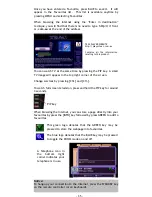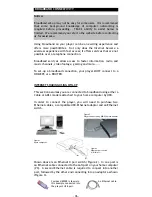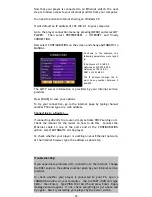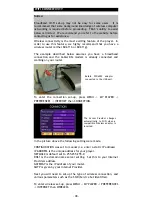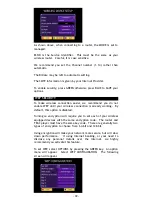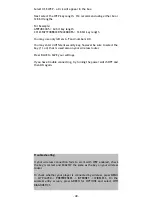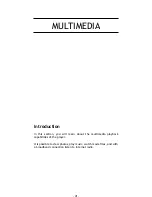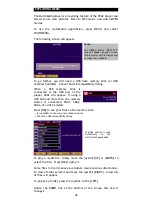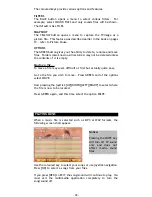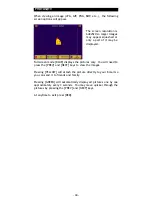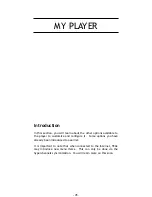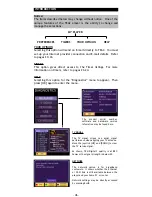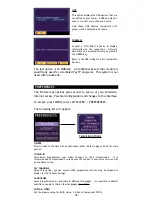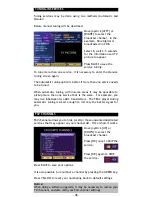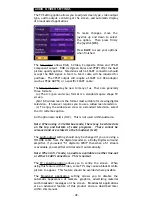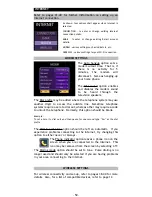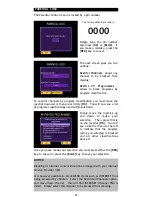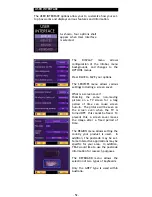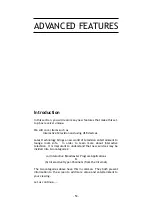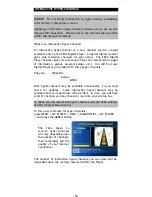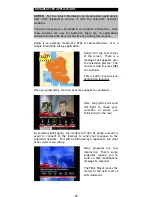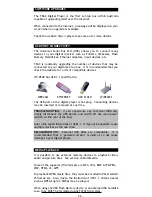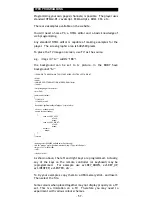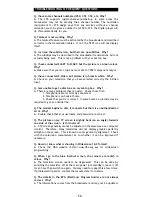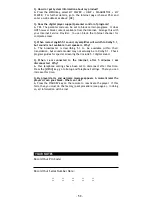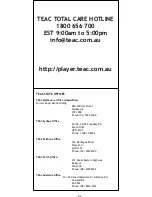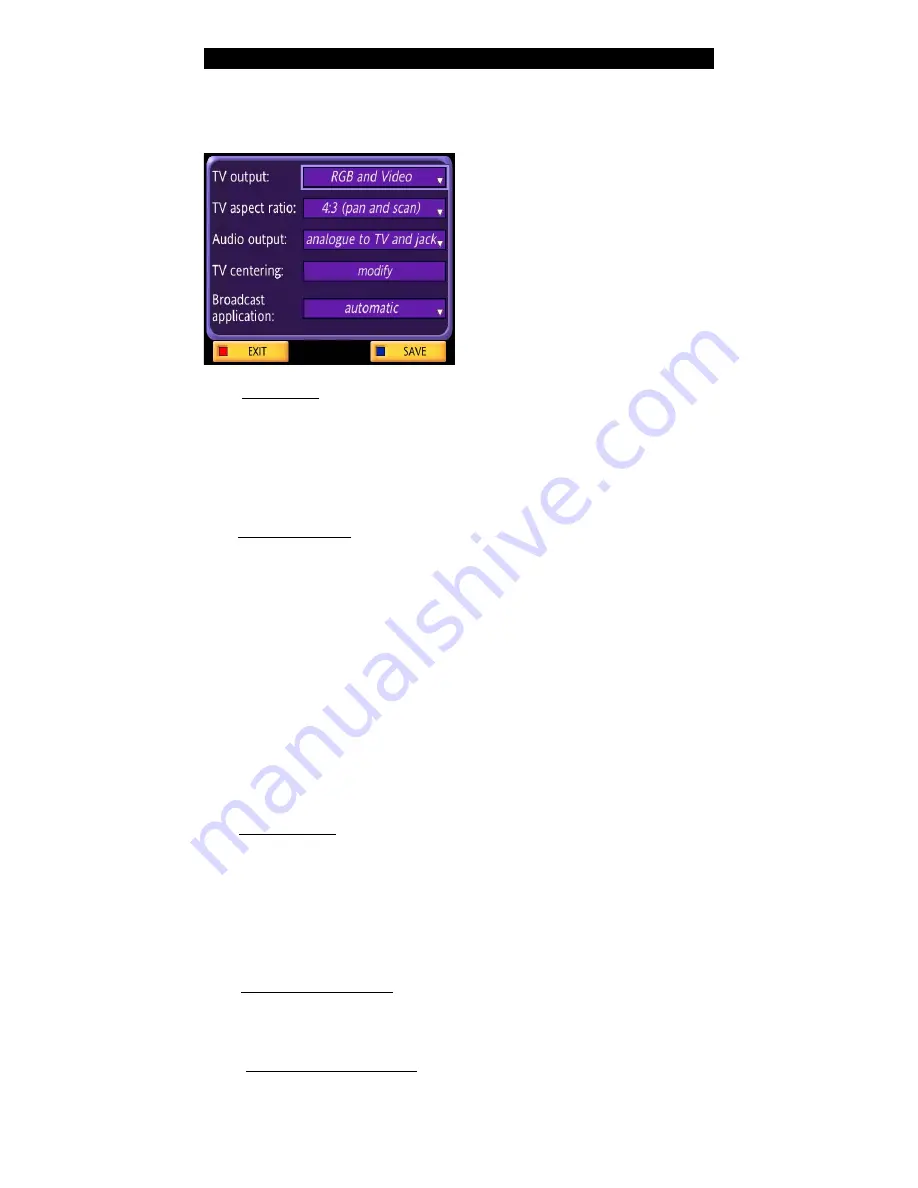
- 49 -
AUDIO & VIDEO SETTINGS
The TV output allows RGB, S-Video, Composite Video and YPbPr
Component output. RGB (red green blue) and YPbPr offer the best
picture quality options. Televisions with a SCART connection should
accept the RGB signal. A Scart to Scart cable will be required for
purchase. The YPbPr output will require a SCART to 3 RCA adaptor
(such as TEAC ADP51) or a specific SCART cable.
The TV aspect ratio may be new to many of us. There are generally
three formats: -
(a) The 4:3 (pan and scan) format is a standard square shape TV
screen.
(b)A 16:9 widescreen is the format most suitable for viewing digital
television. It however requires you to use a widescreen television.
(c) To enjoy the widescreen view on a standard television, select
the 4:3 letterbox option.
A 4th option also exists (14:9). This is not used within Australia.
Note: When using 4:3 letterbox mode, there may be white dots
on the top and bottom of some programs. These cannot be
removed and are related to the broadcast itself.
The Audio output setting should only be changed if you are using a
TOSLINK cable from the digital decoder to a Dolby Digital surround
amplifier. If you select "5.1 digital to SPDIF" then when a 5.1 stream
is available you amplifier will decode it automatically.
Note: When in 5.1 mode, no audio is available on either line-out
or either SCART connection. This is normal
The TV centering option allows you to centre the screen. When
using this feature with S-Video, some TV's may cause a black & white
picture to appear. This feature should be avoided where possible.
The Broadcast application setting allows you to disable the
automatic appearance of markers, graphics, advertising material
and broadcaster messages on the screen. Broadcaster applications
are an advanced feature of this product and are described later
within this manual.
To make changes, move the
joystick up and down to select
the option. Then press firmly
the joystick [
OK
].
Press
BLUE
to save your options
when finished.
The TV Setting option allows you to adjust screen type, video output
type, audio output, centering of the screen, and automatic display
of broadcasted applications.

